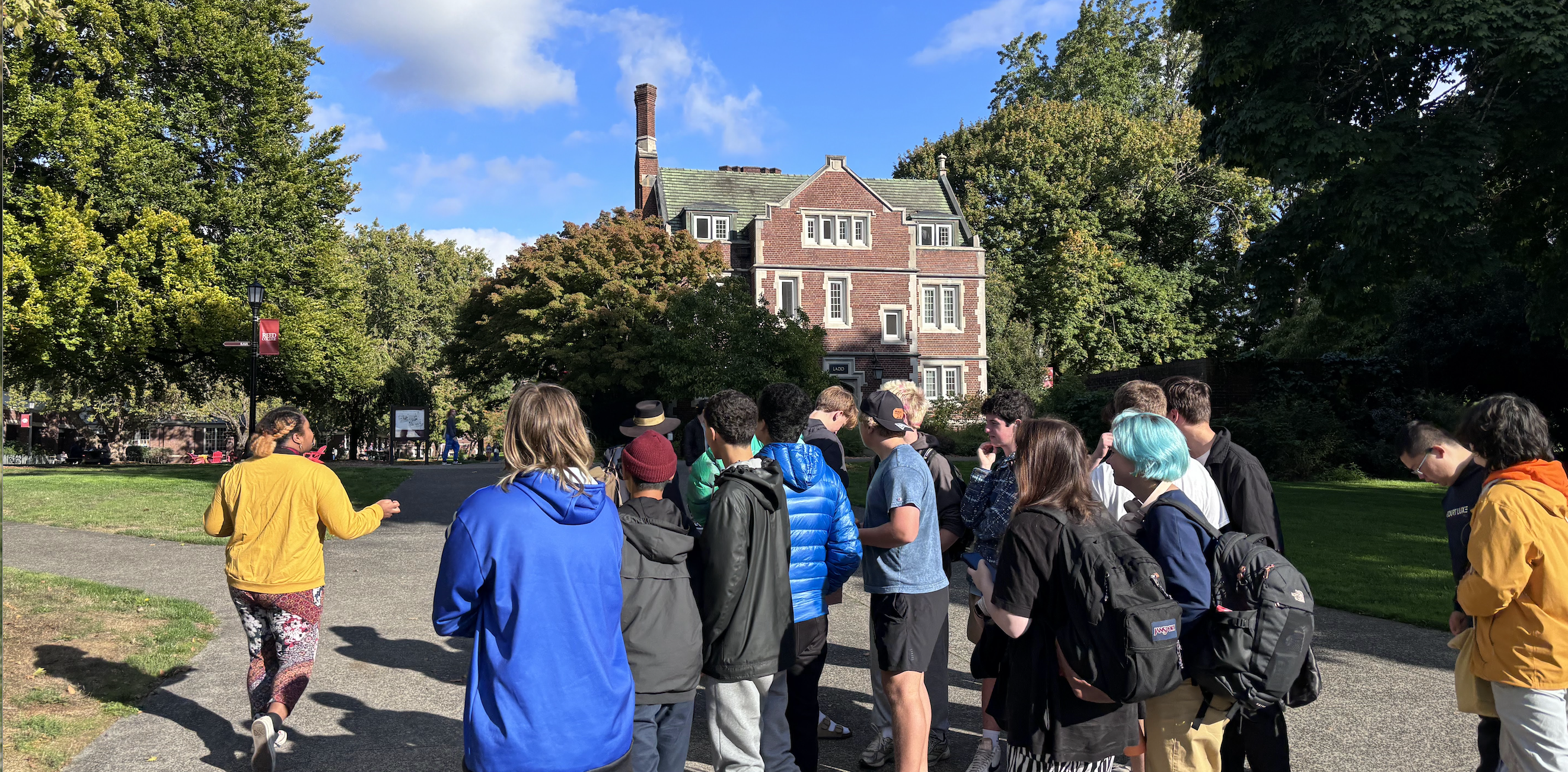| August | - The Common Application opens on August 1st (you can find specific colleges’ deadlines in Big Future’s College Search).
- Obtain testing materials and registration dates for the SAT/ACT.
- Mark your calendar with registration, admissions, and financial aid deadlines and fees.
|
| September | - If you are set on going to a certain college, you should think about whether applying early is a good option. Now is the time to decide because early applications are usually due in October/November. Read about the pros and cons of applying early.
- Remind the teachers who are writing your recommendations of the deadlines for their letters.
|
| October | - Set up your FSA ID (and your parent will need one, too) and start gathering information so you can complete the Free Application for Federal Student Aid (FAFSA).
- The FAFSA (Free Application for Federal Student Aid) opens on October 1st. Even if your family does not expect to qualify for any federal financial aid, you should still fill out this application. Some schools use this form to award institutional aid and your family would miss out on these opportunities if you don’t fill out the form. Some state aid is awarded first come/first served so the sooner you complete the FAFSA, the better.
- Look at the list of schools to which you plan to apply and figure out which ones require the CSS profile. You can check here: https://profile.collegeboard.org/profile/ppi/participatingInstitutions.aspx. The profile is due two weeks before the earliest admissions or scholarship deadline at the schools that require the CSS profile. For “early action” schools this could mean mid-October deadlines.
- Follow up to ensure your employers, teachers, and guidance counselors send letters of recommendation.
|
| November | - Complete early decision/action applications by their deadline.
- If it has been a few weeks since you completed your FAFSA and you have not received your Student Aid Report (SAR), call 1-800-4-FED-AID. If you have received your SAR, review it for errors and make any corrections.
- Contact the financial aid offices at the colleges you are interested in to find out what forms you must submit to apply for aid. Apply for aid by or before any stated deadlines. Funds are limited, so the earlier you apply, the better.
- Complete applications for every scholarship for which you may be eligible: There may be scholarships through the schools on your list that have additional applications. Figure out if this is the case and do any extra essays or applications now.
|
| December | - Finalize admission applications.
- Watch for early admissions notices.
|
| January | - Regular decision applications are due between early January and mid-February, depending on the school you're applying to.
- Keep a watch out for scholarship applications and make note of the deadlines. Get an early start completing them.
|
| February | - Research local scholarships and apply as applications are available.
|
| March | - You'll typically receive your admission decisions between mid-March and early April.
- Financial aid packages often come separate from the admissions decision. For the schools that really interest your family, assess whether you can afford them. If you were hoping for better funding, you can ask for a better deal.
|
| April | - If you are having trouble deciding between schools, remind yourself of your priorities. What factors are most important to you and do your offers coincide with your priorities? Have you visited or talked to current students and their families? Have you made a list of pros and cons?
|
| May | - Accept or decline your offers by May 1.
- If you have received a merit scholarship, formally accept the scholarship in your NMSC application portal. Don’t forget to do this! Make sure you receive confirmation that this step is complete.
|
| June | - Notify your high school guidance office of your college selection and any scholarships received.
- Follow up with the financial aid office to ensure all paperwork is complete.
- Attend or register to attend college orientation.
|


